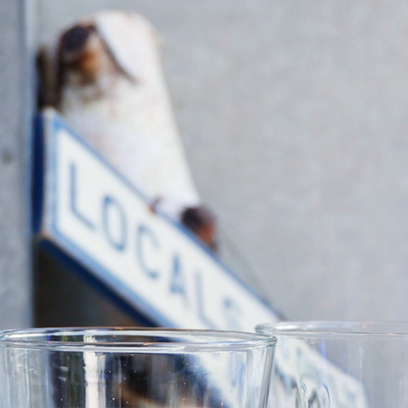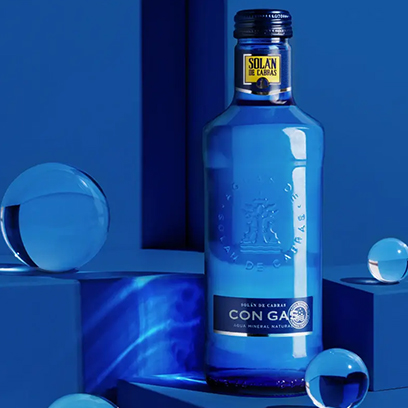
-
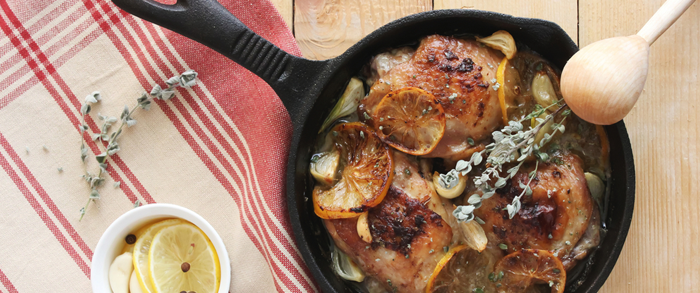
Cocinar En Invierno
Cuando llega el frío, apetece más cocinar. Un caldo, un guiso o un plato [...]
Leer -
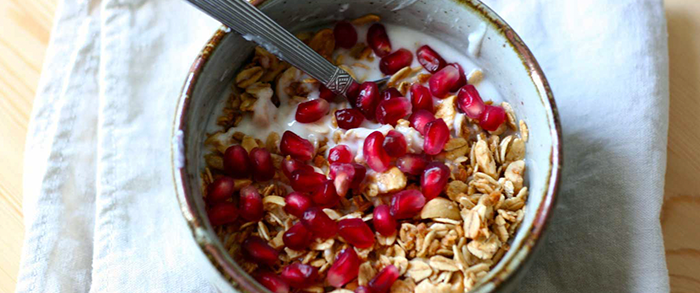
Energía 24/7 – Tips Para Sentirme Imparable
Sentir que la energía decae a mitad de la jornada y que el cuerpo necesita un [...]
Leer -
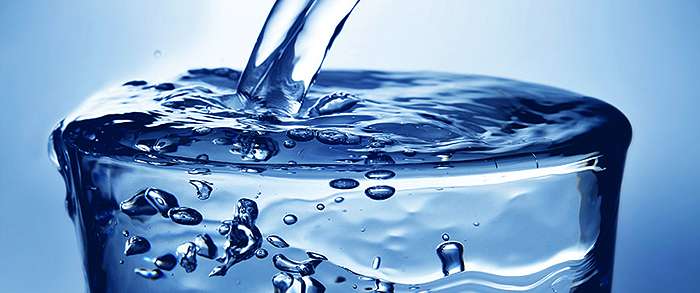
¿Sabemos Lo Que Bebemos? Descubre Qué Es El Agua Mineral
Las identificamos por la forma de su botella, por el color o por dónde está ubicada en nuestro supermercado.
Leer -
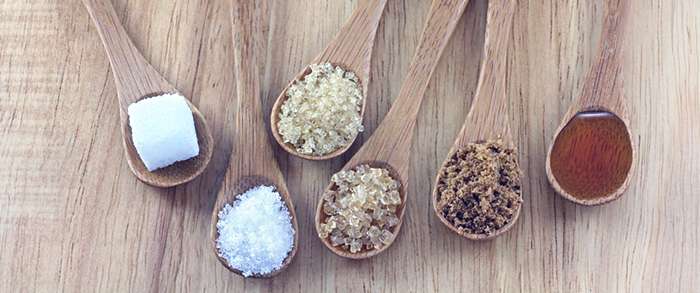
9 Sustitutivos Naturales Del Azúcar
Mucho se ha hablado últimamente sobre el azúcar y sus ventajas e inconvenientes para nuestra salud.
Leer -

Trucos Para Que Los Alimentos Conserven Sus Propiedades Más Tiempo
Aprender a conservar los alimentos adecuadamente permite que estos conserven todos sus nutrientes esenciales y que duren más tiempo en nuestras despensas y neveras.
Leer -
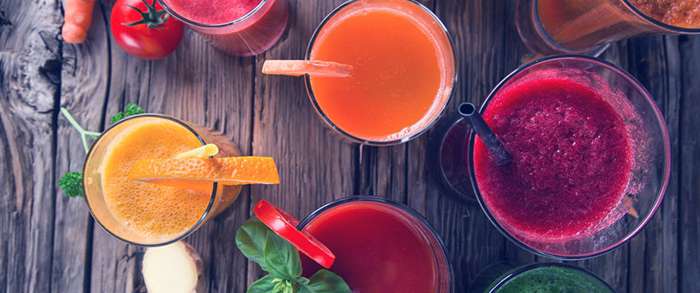
Los Beneficios Del Zumo Según Su Color
La fruta es esencial en una alimentación saludable y variada.
Leer -

Por Qué Decimos Sí A Los Alimentos Ecológicos
Se trata de alimentos más sabrosos y con más nutrientes, más saludables para nuestro organismo, libres de residuos tóxicos y respetuosos con el [...]
Leer -
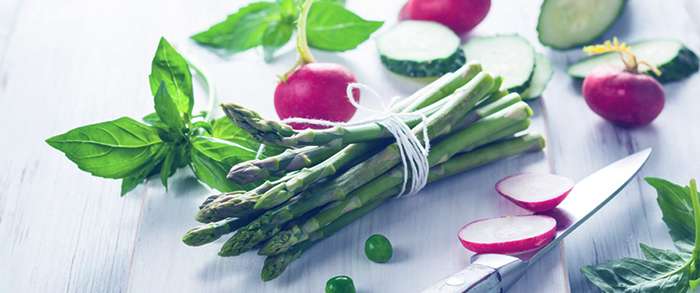
10 Alimentos Recomendados Para El Organismo
¿Sabes cuáles son los alimentos mejores alimentos para el organismo en [...]
Leer -
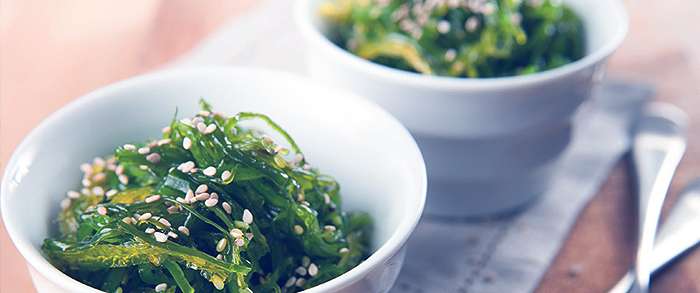
Algas: Ricos Ingredientes Para Tu Dieta
Del agua del mar a tu tupperware, estas verduras tienen mucho que aportar a [...]
Leer -
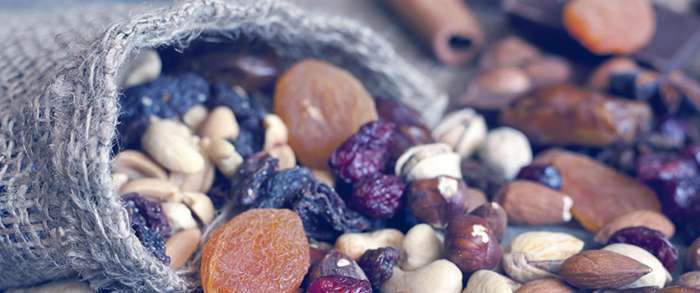
Alimentos Sanos Pero Calóricos: Comer Con Moderación
No todo lo sano es ligero. Existen algunos alimentos sanos que, aunque [...]
Leer -
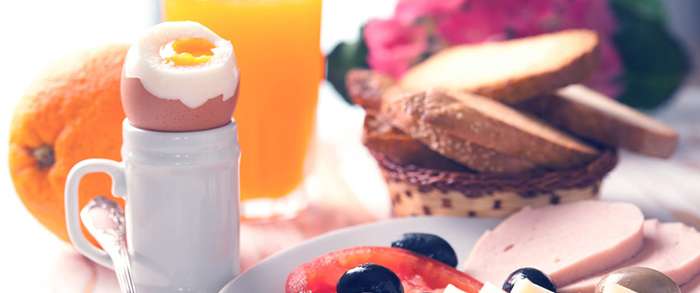
-
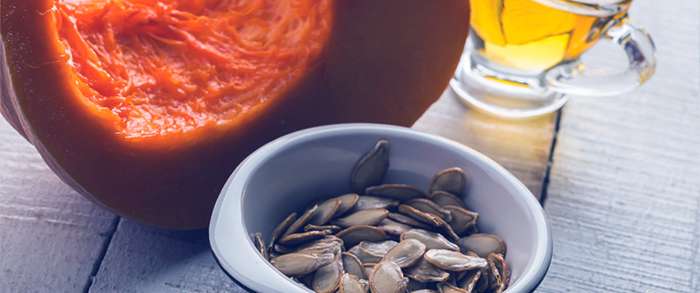
10 Platos Muy Recomendables
A continuación te mostramos 10 comidas saludables. Teniendo en cuenta estas [...]
Leer -
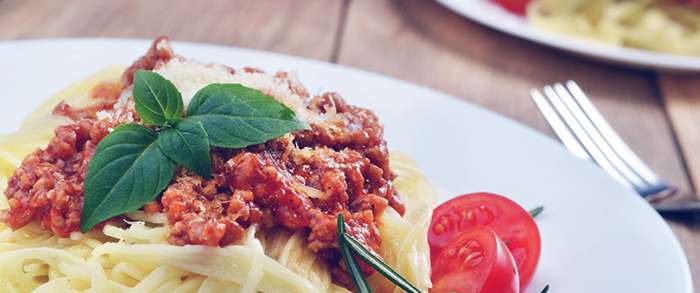
Los 4 Elementos Para Una Dieta Equilibrada
Aprende a elegir los nutrientes para incorporar a tu vida una dieta sana [...]
Leer -
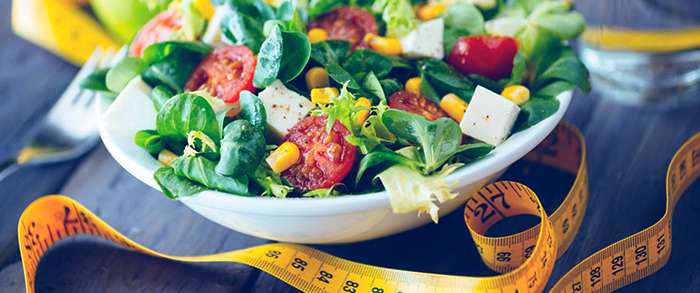
10 Trucos Para Una Alimentación Equilibrada
No es necesario pasar hambre, ni darle la espalda a esas tentaciones que tanto [...]
Leer -
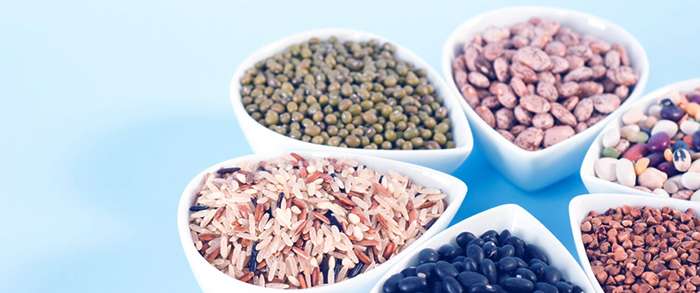
10 Alimentos Antioxidantes
Una lista de nutricosméticos, los alimentos antioxidantes que trabajan [...]
Leer
